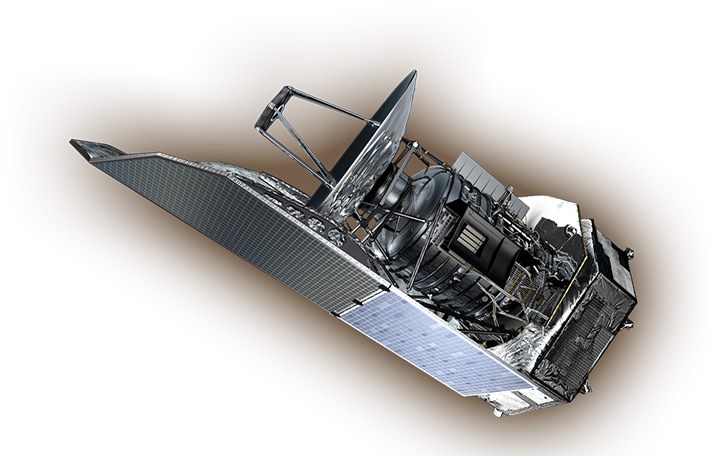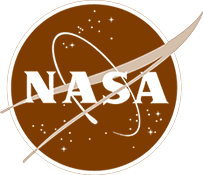
Where's All the Oxygen?
A cosmic mystery regarding oxygen has deepened, thanks to new findings from the Herschel Space Observatory, a European Space Agency mission with important NASA contributions. Observations of a newly forming star have revealed strangely low levels of molecular oxygenO2, the kind we breathein the emerging star's gassy, dusty environment. The protostar was observed in the nebula NGC 1333, shown here, which is located in the constellation of Perseus.
Herschel detected only one oxygen molecule for every six billion hydrogen molecules in the protostar's vicinity. This flies in the face of theoretical chemical models that predict 6,000 times more oxygen should have been present. Herschel's discovery raises questions about our understanding of the complex chemistry involved in the birth of stars and planets.
NASA's Spitzer Space Telescope captured this image of NGC 1333 in infrared light. Herschel observes the universe in even longer, colder infrared light wavelengths than Spitzer. Herschel's Heterodyne Instrument for the Far-Infrared (HIFI), a very high resolution heterodyne spectrometer, searched for signatures of molecular oxygen in the light streaking from the protostar's environment.
Image Details
- Date
- June 9, 2014
- ID
- nhsc2014-006a
- Type
- Observation
- Credit
- NASA/JPL-Caltech/R. A. Gutermuth
Object Details
- Name
- NGC 1333
- Subject | Milky Way
- Nebula Type Star Formation
- Distance
- Lightyears 1,000
Downloads
Color Mapping
| Telescope | Spectral Band | Color Assigment | Wavelength |
|---|---|---|---|
| Spitzer (IRAC) | Infrared (Near-IR) | 3.6 µm | |
| Spitzer (IRAC) | Infrared (Near-IR) | 4.5 µm | |
| Spitzer (IRAC) | Infrared (Mid-IR) | 5.8 µm | |
| Spitzer (IRAC) | Infrared (Mid-IR) | 8.0 µm |








